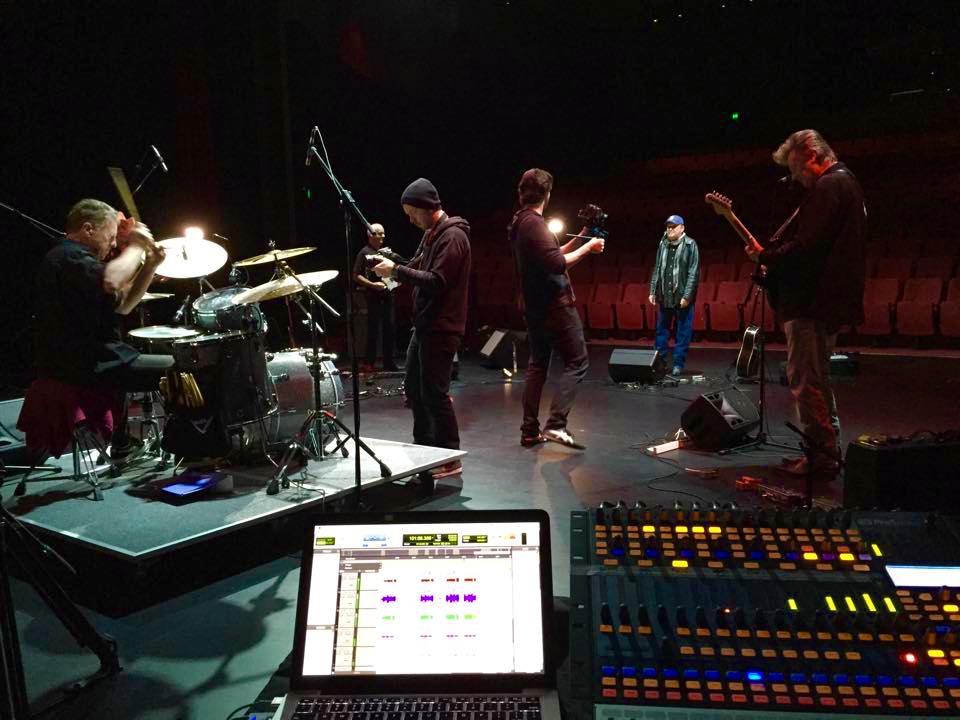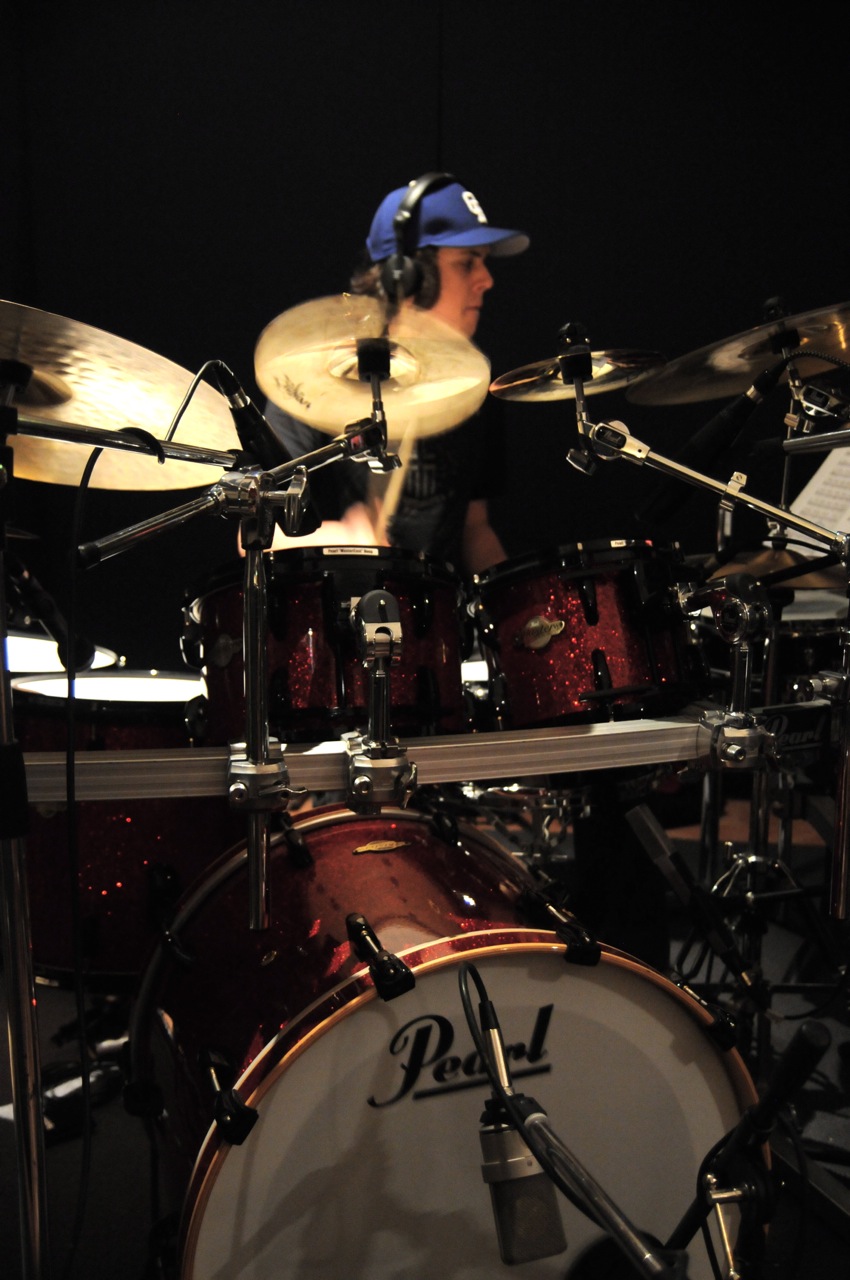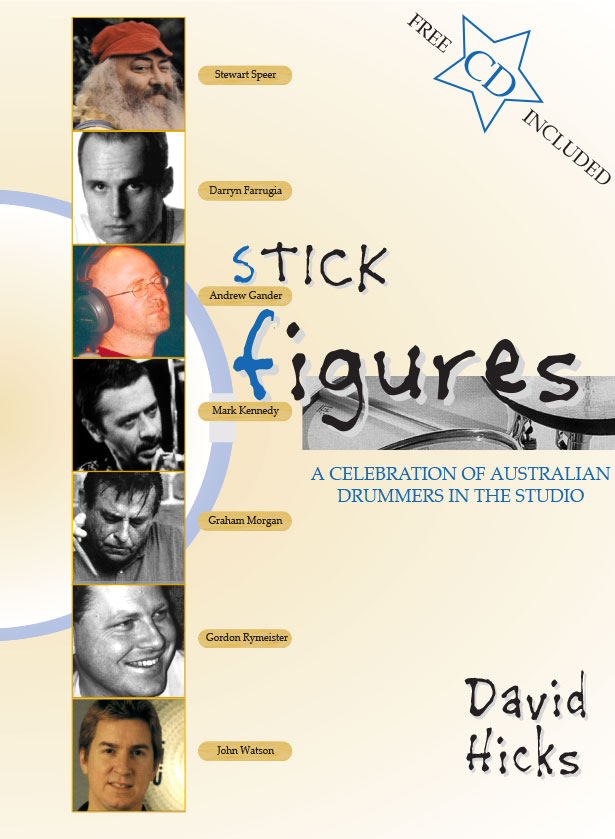Recent posts on Facebook reminiscing about Stewart Speer have inspired this blog about him. As you can read in Stick Figures (which can be purchased at www.studiodrummerpro.com), Stewie was – like many drummers of the 1950’s – freelancing in the Australian jazz scene, and doing some recording with local leaders such as Brian Brown, Bob Barnard and John Sangster.
Drummer Graham Morgan recalls – “His strengths went beyond practice, the type of drums he used or whatever. His time feel – or as they say now, groove – was impossibly good. You could give him a cymbal and let him drop a pencil on it and you knew it was going to make people feel good. I remember thinking that Mel Lewis and Stewie had a lot in common when I saw Mel play for the first time.”
After moving to Sydney, Stewie played lots of gigs with local jazz leaders such as Don Burrows and Roger Frampton. Then he was introduced to R n B /soul singer Max Merritt, and soon became a member of his band, The Meteors. They had a reputation as a hard-rocking outfit. Stewie had to adapt to the new medium. When asked if he had any problems adapting to playing loud R n B with Max Merritt, Stewie replied –
“Not a whole lot because Bob Bertles was in the band, so we used to play a lot of Junior Walker things. Sam and Dave were groovy things anyway. Bass drum was the main problem cause we didn’t have amplification in those days. You could break your foot! Up ’til then I’d spent the time trying not to be a ‘thunderfoot’ and ‘wham’!”

Another recollection comes from Trombonist, Russell Smith –
“Stewie was obviously a progressive player, because he played be-bop back in
the 1950s with Brian Brown. When he switched, it was into soul music or black R’n’B. He had that ‘swing’, and that’s what made it work. It was definitely in that ride cymbal and also in his bass drum. He certainly had a huge great bass drum sound but it wasn’t like he was pummelling on it. I think, for a while after the car accident, he couldn’t use his legs properly. He used to plonk a leg here and here and just play a closed hi-hat. He was still generating that swing, so it must have been on the cymbal. “

Now some observations about the great man, courtesy of Facebook contributors (180 of them commented on this particular post, all positive) –
Bruce Packer “I had the privilege of working with Max Merritt and his bands over many years, and Stewart’s was a friendship I treasure. He was a true gentleman in every sense of that word, and a loyal friend to all who knew him. A unique talent and human being. His like will not come again in our life-time. Bob Birtles [Max Merritt’s sax player] summed it up superbly. May Stewie’s memory burn brightly in the years to come. VALE the legend.“
Ron Brown “Stewie spent a lot of time with us in the UK ( Cleves/Bitch) we all lived in the the country side in Sussex my sister Gaye ( Cleves/ Bitch) was very fond of Stewie and he was a real father figure to her, he took her to Ronnie Scott’s on several occasions to see Nina Simone, Ella Fitzgerald, and one of his favorite drummers Art Blakley, Gaye’s husband Bill Harman who was in the industry arranged for Stewie to meet him back stage , blew his mind, not to mention his cooking, RIP Stewie”
John James “I know that Max Merritt held Stewie in high esteem given the number of times he would start a song off with “Here’s one for Stewie”
Dave Tice “Soon after arriving in Sydney Pete Wells and I lived for a while in the Plaza hotel in Kings Cross and Max and the Meteors often stayed there; the effects of a recent road accident were still evident on almost all of them but Stewie more than the others, nevertheless he was still playing drums and gigging with the band. His back gave him continual pain and limited his movements so he spent a lot of time just in his room, I had the great pleasure of sharing a bottle of whisky with him one afternoon and paid for it for the next 24 hours. For a 20 year old bloke just down from Brisbane it was quite an eye opener and a humbling experience, I was in awe of the Meteors.”
Raymond Smart “Up there with Charlie Watts without a doubt.”
The latter comment is revealing. What was the appeal of Charlie Watts? A jazz background, which infiltrated into the music like a hint of spice. Same journey for Stewart; add to that their loyalty/longevity of years and years on the road with the one band. Perhaps a willingness to serve the song, generally playing economically but with great drive and feel. A fat rock tone to their drum kits. All qualities prized by great studio drummers all over the world.

https://www.youtube.com/watch?v=EiPvf2e1X18


